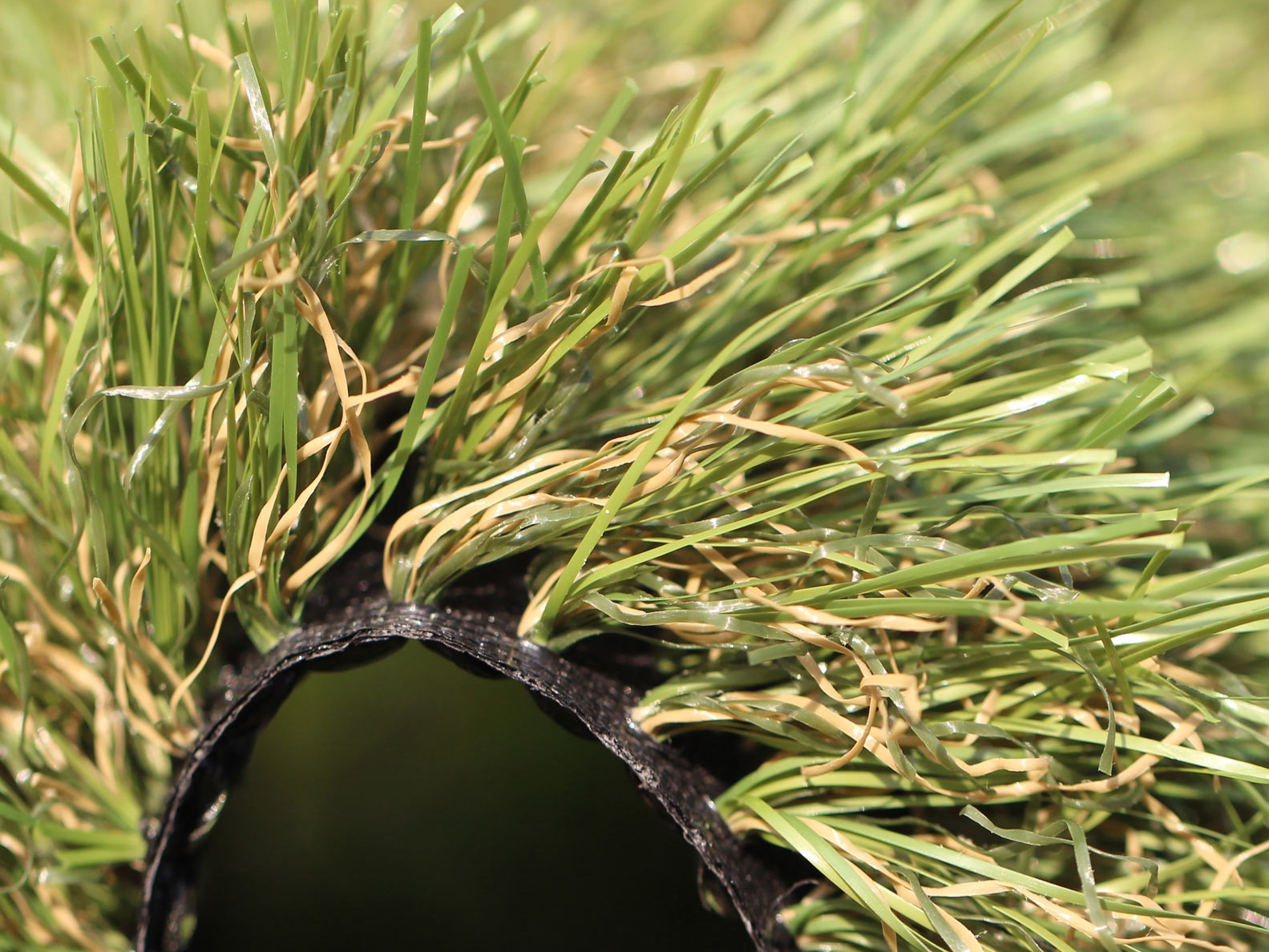Eco-Friendly Arizona Artificial Turf for a All-Season Lush Green Lawn
Eco-Friendly Arizona Artificial Turf for a All-Season Lush Green Lawn
Blog Article
Delve Into the Environmental Perks of Opting for Synthetic Grass Solutions
The fostering of synthetic lawn remedies offers a compelling possibility to address pressing ecological obstacles. By considerably minimizing water usage and minimizing the application of unsafe chemicals, these alternatives not just advertise lasting landscaping yet additionally secure neighborhood communities. Furthermore, the reduced carbon impact related to lowered upkeep activities adds to a much more sustainable method to land monitoring. However, the ramifications of these advantages prolong past plain conservation initiatives, questioning concerning their long-lasting influence on environment preservation and general ecological equilibrium. Checking out these dimensions exposes an intricate interplay worth considering.
Water Conservation Advantages
One of the most significant benefits of synthetic grass is its capability to conserve water. In comparison, synthetic grass does not need watering, significantly minimizing the total demand for water resources.
By eliminating the requirement for normal watering, synthetic grass contributes to lasting landscape techniques and helps mitigate the environmental effect of too much water usage. The conservation of water extends to the decrease of drainage, which can lead to soil disintegration and river air pollution.
Additionally, the installment of synthetic grass permits districts and house owners to assign water sources more effectively, concentrating on necessary usages such as drinking water and farming. The shift towards synthetic grass not only advertises accountable water use however likewise lines up with more comprehensive environmental objectives targeted at protecting all-natural sources.
As neighborhoods progressively prioritize sustainability, the water conservation benefits of synthetic lawn present an engaging instance for its fostering in residential and industrial landscaping jobs.
Minimized Chemical Usage
The change to synthetic lawn dramatically reduces the reliance on chemical therapies generally utilized in natural grass upkeep. Standard turf monitoring typically includes the application of pesticides, fertilizers, and herbicides to advertise growth and control pests. These chemicals can present threats to human health and wellness, neighborhood wildlife, and the environment, adding to dirt and water contamination.
In comparison, fabricated turf gets rid of the need for these dangerous compounds. By lessening the release of synthetic compounds into the ecological community, artificial lawn advertises healthier soil and water systems.
Additionally, the absence of chemical runoff related to fabricated turf installments helps safeguard neighborhood rivers from air pollution, supporting water life and maintaining biodiversity. Arizona artificial turf. As areas increasingly focus on sustainable practices, deciding for artificial lawn presents a sensible service that aligns with environmental conservation goals. Through this change, homeowner can appreciate rich green rooms without compromising eco-friendly health and wellness, leading the method for a much more sustainable future
Reduced Carbon Impact

Moreover, the installment of synthetic lawn can result in significant water conservation. Natural grass need considerable amounts of water for watering, which not only contributes to the carbon footprint related to water removal and therapy yet likewise pressures local water resources. In comparison, fabricated turf needs very little upkeep, needing no watering, thereby dramatically minimizing water use and its connected power prices.
In addition, the durability of synthetic grass adds to its decreased carbon effect. With a lifespan of as much as 15 years or even more, the requirement for regular replacements is decreased, leading to less waste and lower energy usage in manufacturing and disposing of conventional grass alternatives. Overall, synthetic grass offers a sustainable alternative for eco aware landscape design.
Habitat Preservation
Environment conservation is an important consideration in the debate over landscaping selections, especially when contrasting fabricated lawn to natural turf. Natural turf lawns frequently require substantial upkeep, including using pesticides, fertilizers, and herbicides, which can negatively affect local ecosystems. These chemicals can seep into the soil and waterways, hurting native plants and fauna and interfering with regional environments.
Artificial turf gets rid of the demand for hazardous chemicals, thus securing neighboring wildlife and maintaining the integrity of surrounding communities. The installment of artificial turf can lead to the conversion of previous yard areas into more biodiverse landscapes, such as pollinator yards or indigenous plant locations, why not try this out which can sustain neighborhood wild animals.
Inevitably, the change to man-made grass not only conserves water and decreases upkeep initiatives however likewise fosters a much more harmonious relationship in between human tasks and the native environment, Artificial turf companies phoenix advertising habitat preservation while doing so.
Long-Term Sustainability
Long-term sustainability is a critical consider examining the advantages of fabricated turf over conventional yard lawns. Among the most significant advantages of fabricated lawn is its sturdiness; it can last as much as 15-20 years with minimal maintenance, whereas all-natural turf calls for frequent reseeding and substitute. This longevity lowers the requirement for constant sources, such as water, fertilizers, and chemicals, which are crucial for preserving a healthy turf lawn.
Furthermore, artificial turf adds to a reduction in carbon exhausts related to lawn treatment equipment. Typical lawns usually need gas-powered lawn mowers, trimmers, and blowers, all of which add to air pollution. Arizona artificial turf. In comparison, fabricated grass removes the need for such devices, advertising a cleaner atmosphere
In addition, the production of synthetic grass increasingly uses recycled products, boosting its sustainability profile. As producers take on environment-friendly techniques, the ecological footprint of fabricated lawn continues to reduce.

Conclusion
The adoption of synthetic grass remedies presents significant environmental benefits, consisting of substantial water conservation, reduced reliance on hazardous chemicals, and a lower carbon footprint. Synthetic turf help in maintaining natural habitats by minimizing land disruption and advertising long-lasting sustainability with the usage of resilient materials. Jointly, these aspects emphasize the possibility of synthetic grass to add favorably to environmental wellness and use a feasible choice to traditional landscaping practices in an increasingly resource-conscious globe.
In contrast, synthetic lawn does not need watering, considerably reducing the total demand for water sources. By reducing the launch of synthetic compounds into the community, artificial turf advertises healthier dirt and water systems.
Moreover, the installation of synthetic turf can result in significant water conservation. In contrast, fabricated turf requires minimal upkeep, calling for no watering, thus dramatically minimizing water use and its associated energy prices.

Report this page